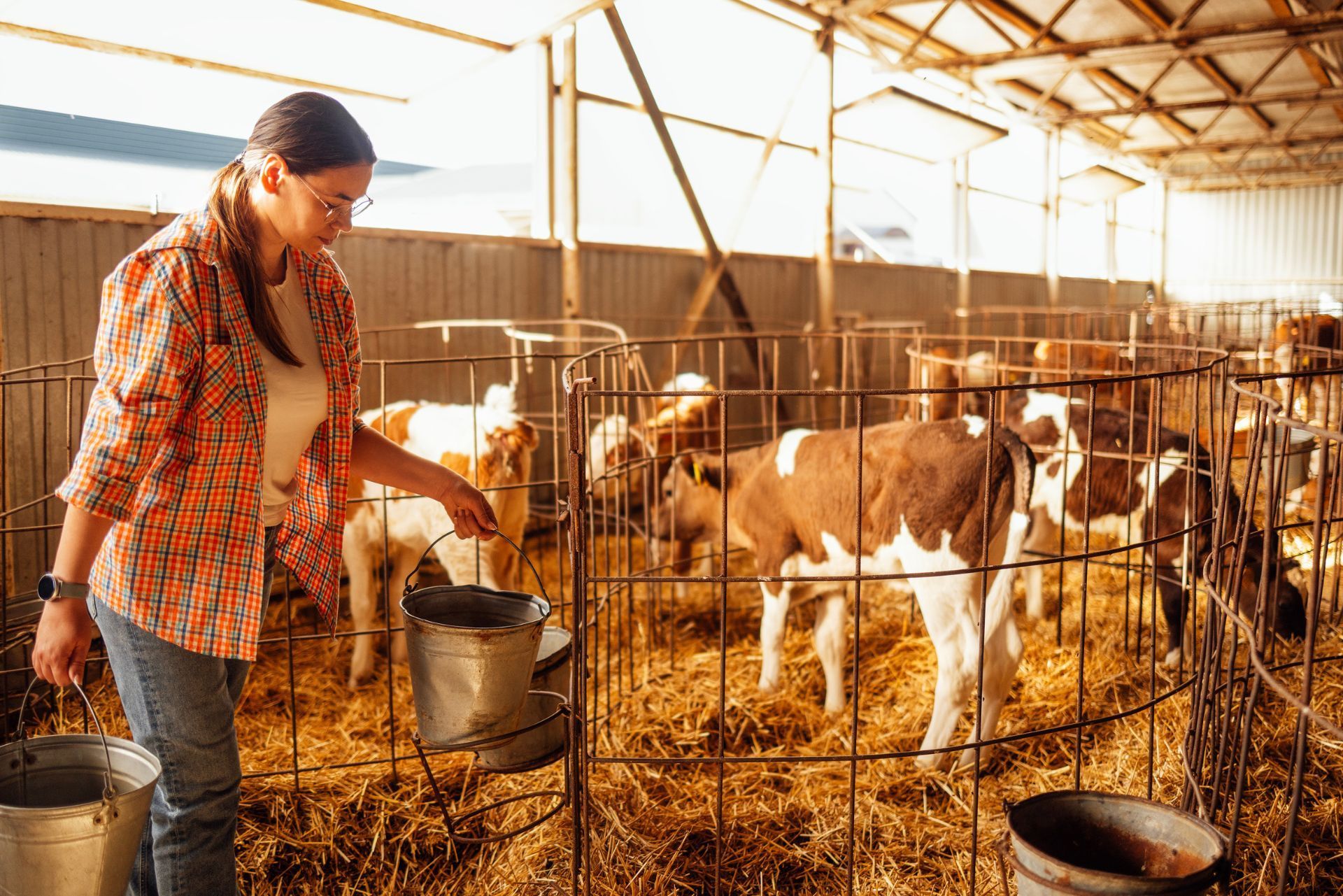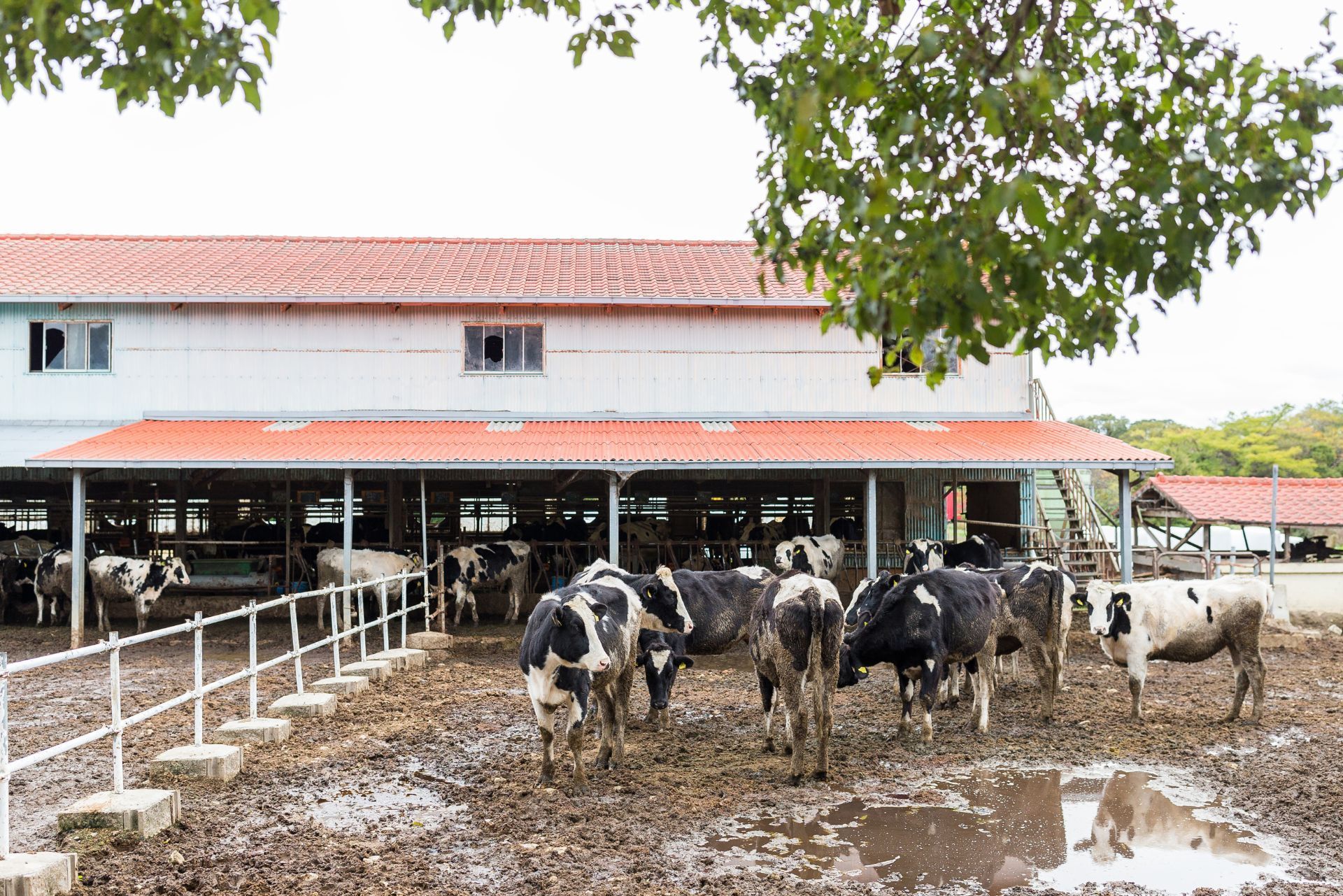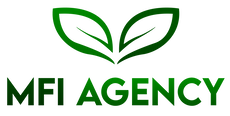
Top 3 Recommended Policies

Dairy farming is a vital sector in agriculture, providing essential products that are integral to diets worldwide. However, running a dairy farm comes with its own set of challenges, including financial risks. One of the most effective ways to mitigate these risks is through dairy farm insurance. This comprehensive guide will explore the various aspects of dairy farm insurance, helping farmers understand their options and make informed decisions.
Understanding Dairy Farm Insurance
Dairy farm insurance is specifically designed to protect dairy farmers from the unique risks associated with their operations. These risks can range from natural disasters to equipment failures, and even liability claims. By investing in the right insurance policies, dairy farmers can safeguard their livelihoods and ensure the sustainability of their farms. Moreover, with the increasing unpredictability of weather patterns and market fluctuations, having comprehensive insurance coverage is more critical than ever for the resilience of dairy operations.
Types of Coverage
There are several types of coverage available under dairy farm insurance. Each type addresses different risks, allowing farmers to tailor their policies to meet their specific needs. The most common types of coverage include:
- Property Insurance: This covers physical assets such as barns, machinery, and livestock. In the event of damage due to fire, theft, or natural disasters, property insurance can help farmers recover their losses. Additionally, it may also cover the costs of rebuilding or repairing structures, ensuring that farmers can quickly resume operations after a setback.
- Liability Insurance: Liability coverage protects farmers against claims arising from accidents or injuries that occur on their property. This is crucial for protecting assets and ensuring financial stability. Given the nature of farm work, where visitors and workers are often present, having robust liability insurance can prevent devastating financial repercussions from unforeseen incidents.
- Business Interruption Insurance: This type of insurance provides financial support if a farm must temporarily cease operations due to a covered event. It helps cover ongoing expenses during the downtime. This can be particularly beneficial for dairy farms, where the continuous operation is vital for maintaining milk production and cash flow.
Importance of Customization
Every dairy farm is unique, with different operations, sizes, and risks. Therefore, it's essential for farmers to customize their insurance policies. Working with an insurance agent who understands the dairy industry can help identify specific needs and tailor coverage accordingly. Customization can also include considerations for specific breeds of livestock, types of dairy products produced, and even the geographical location of the farm, which may influence the types of risks faced. Furthermore, as technology advances, many dairy farms are incorporating innovative practices, such as automated milking systems and precision farming techniques, which may require specialized coverage to protect these investments.
In addition to traditional coverage options, dairy farmers should also consider endorsements or riders that can enhance their policies. For instance, coverage for organic certification or sustainability practices can be crucial for farmers who are transitioning to or maintaining organic operations. Understanding the nuances of these additional options can provide peace of mind and ensure comprehensive protection against the diverse challenges faced in the dairy industry.
Factors Influencing Dairy Farm Insurance Costs
The cost of dairy farm insurance can vary significantly based on several factors. Understanding these variables can help farmers budget for insurance and find the best policies for their operations.
Farm Size and Scale
Generally, larger farms with more livestock and equipment will face higher insurance premiums. The scale of operations directly impacts the potential risks and liabilities, thus influencing the overall cost of coverage. For instance, a farm with hundreds of cows will have a greater exposure to disease outbreaks, which can lead to significant financial losses. Additionally, larger operations often require more sophisticated machinery and infrastructure, which can also increase the risk of accidents and equipment failure. As a result, farmers may need to invest in specialized insurance policies that cater to their unique needs, further affecting their overall insurance costs.
Geographic Location
The location of a dairy farm plays a crucial role in determining insurance costs. Farms situated in areas prone to natural disasters, such as floods or hurricanes, may face higher premiums due to the increased risk of damage. Additionally, local regulations and market conditions can also affect pricing. For example, farms in regions with stringent environmental regulations may need additional coverage to protect against potential liabilities related to waste management or pollution. Furthermore, the proximity to urban areas can also impact insurance rates, as urban farms may face different risks, such as theft or vandalism, compared to their rural counterparts. Understanding the local climate and potential hazards is essential for farmers to accurately assess their insurance needs.
Claims History
A farm's claims history is a significant factor in determining insurance costs. Farms with a history of frequent claims may face higher premiums, as insurers perceive them as higher risk. Conversely, farms with a clean claims record may benefit from lower rates. This history not only reflects the farm's operational practices but also influences the insurer's assessment of risk management strategies. For example, a farm that actively implements safety protocols and has a solid maintenance schedule for equipment may be viewed more favorably by insurers. Additionally, participating in risk management programs or training can sometimes lead to discounts on premiums, encouraging farmers to adopt safer practices and reduce the likelihood of future claims.

Common Risks Faced by Dairy Farmers
Dairy farmers encounter various risks that can impact their operations. Understanding these risks is essential for selecting appropriate insurance coverage.
Natural Disasters
Natural disasters, such as floods, storms, and droughts, can devastate dairy farms. These events can lead to property damage, loss of livestock, and disruptions in production. Insurance coverage for natural disasters is critical to ensure recovery after such events. Additionally, farmers must also consider the long-term effects of climate change, which can alter weather patterns and increase the frequency of extreme weather events. Proactive measures, such as investing in better drainage systems or drought-resistant crops, can mitigate some of these risks, but having a solid insurance plan remains a cornerstone of financial resilience.
Animal Health Issues
Livestock health is paramount in dairy farming. Diseases can spread rapidly among herds, leading to significant losses. Insurance policies that cover veterinary costs and loss of income due to sick animals can help farmers manage these risks effectively. Furthermore, implementing biosecurity measures, such as vaccination programs and regular health screenings, can significantly reduce the likelihood of disease outbreaks. Farmers who stay informed about emerging animal health threats and invest in preventive care not only protect their herds but also enhance their overall productivity and profitability.
Equipment Failure
Modern dairy farming relies heavily on machinery and equipment. Breakdowns can halt operations and lead to financial losses. Having insurance that covers equipment failure can provide peace of mind and financial support during repairs or replacements. Moreover, regular maintenance and timely upgrades of equipment can prevent unexpected failures. Farmers should also consider investing in technology that monitors equipment performance, allowing for predictive maintenance that can identify potential issues before they become critical. This proactive approach not only minimizes downtime but also contributes to the long-term sustainability of their operations.
How to Choose the Right Dairy Farm Insurance Policy
Selecting the right insurance policy requires careful consideration and research. Here are some steps to guide dairy farmers in making informed decisions.
Assessing Risks
The first step in choosing an insurance policy is to assess the specific risks associated with the farm. This includes evaluating the farm's size, location, and operations. Understanding these risks will help identify the necessary coverage. For instance, farms located in areas prone to natural disasters, such as floods or droughts, may need additional coverage for property damage and business interruption. Additionally, factors like herd size, types of dairy products produced, and the presence of specialized equipment can influence the level of risk and the corresponding insurance needs.
Consulting with Experts
Consulting with insurance agents who specialize in agricultural insurance can provide valuable insights. These professionals can help farmers navigate the complexities of insurance and recommend policies that suit their needs. They can also assist in understanding the nuances of different coverage types, such as liability, property, and crop insurance. Engaging with a knowledgeable agent can also lead to discovering potential discounts or bundling options that may not be readily apparent, ultimately saving money while ensuring comprehensive protection.
Comparing Policies
Farmers should obtain quotes from multiple insurance providers to compare coverage options and costs. This allows for a thorough evaluation of what each policy offers and helps in making an informed decision. When comparing policies, it's essential to look beyond just the premiums; farmers should also consider the deductibles, coverage limits, and exclusions. Understanding the fine print can prevent unpleasant surprises when filing a claim. Additionally, reviewing customer service ratings and the claims process of each provider can offer insights into how well they support their clients during critical times.
Moreover, it can be beneficial to seek feedback from fellow dairy farmers regarding their experiences with specific insurance companies. Peer recommendations can provide practical insights into the reliability and responsiveness of different insurers. Participating in local agricultural associations or forums can also facilitate discussions about insurance experiences, helping farmers to make well-rounded choices based on collective wisdom.
Claims Process for Dairy Farm Insurance
Understanding the claims process is essential for dairy farmers to ensure they can access their benefits when needed. The claims process can vary by insurer, but here are some general steps to follow.
Reporting the Claim
The first step in the claims process is to report the incident to the insurance company as soon as possible. Providing detailed information about the event, including photos and documentation, can help expedite the process. It's advisable to keep a record of all communications with the insurer, including dates, times, and the names of representatives spoken to. This documentation can be invaluable if any disputes arise later in the process.
Assessment by the Insurer
After reporting the claim, an insurance adjuster will typically assess the damage or loss. This assessment is crucial for determining the payout amount. Farmers should be prepared to provide any additional information or documentation requested by the adjuster. It's also beneficial to have a clear understanding of the policy terms and conditions, as this knowledge can empower farmers to advocate for themselves during the assessment. In some cases, having a third-party expert, such as an agricultural consultant, can also help support the claim by providing an independent evaluation of the damages.
Receiving Compensation
Once the claim is approved, the insurer will issue compensation based on the policy terms. It's important for farmers to review the payout carefully and ensure it aligns with their expectations and needs. Understanding the timeline for receiving compensation is also crucial, as delays can impact the farm's operations. Farmers should inquire about the payment method and any potential deductions that may apply. Additionally, if the compensation does not meet the farmer's expectations, they have the right to appeal the decision or negotiate further with the insurer. This process can sometimes lead to a reassessment of the claim, especially if new evidence or documentation comes to light.
Ongoing Communication
Throughout the claims process, maintaining ongoing communication with the insurance company is vital. Regularly checking in can help ensure that the claim is progressing and that any outstanding issues are addressed promptly. Farmers should feel empowered to ask questions and seek clarification on any part of the process that seems unclear. Building a good rapport with the claims adjuster can also facilitate smoother interactions and potentially expedite resolutions. Furthermore, staying informed about the status of the claim can help farmers plan their next steps, whether that involves making repairs, replacing lost equipment, or managing cash flow during the waiting period.
In addition to standard dairy farm insurance, there are several additional coverage options that farmers may consider to further protect their operations.
Livestock Insurance
Livestock insurance specifically covers the health and well-being of farm animals. This can include coverage for loss due to theft, disease, or accidents. Given that livestock is often a farmer's most significant asset, this type of insurance is worth considering.
Crop Insurance
For dairy farmers who also grow feed crops, crop insurance can provide protection against losses due to poor yields, adverse weather, or pest infestations. This coverage can help maintain financial stability during challenging growing seasons.
Umbrella Insurance
Umbrella insurance offers additional
liability coverage beyond standard policies. This is particularly beneficial for dairy farmers who may face significant liability claims. An umbrella policy can provide an extra layer of protection, ensuring that farmers are covered in the event of large claims.

Best Practices for Managing Dairy Farm Insurance
Regular Policy Reviews
Insurance needs can change over time due to growth, changes in operations, or shifts in the market. Regularly reviewing insurance policies ensures that coverage remains adequate and relevant. This proactive approach can help avoid gaps in coverage.
Maintaining Accurate Records
Keeping detailed records of all farm operations, including livestock health, equipment maintenance, and financial transactions, is crucial. These records can be invaluable when filing claims and can help demonstrate the farm's overall health and management practices.
Implementing Risk Management Strategies
In addition to insurance, implementing risk management strategies can help reduce potential losses. This can include regular equipment maintenance, proper animal husbandry practices, and disaster preparedness plans. By minimizing risks, farmers can lower their insurance costs and improve overall farm sustainability.
Conclusion
Dairy farm insurance is an essential component of a successful dairy farming operation. By understanding the various types of coverage, assessing risks, and choosing the right policies, farmers can protect their investments and ensure the longevity of their farms. With the right insurance in place, dairy farmers can focus on what they do best—producing high-quality dairy products for consumers around the world.
Contact Us

